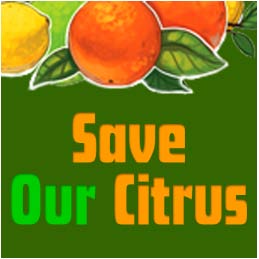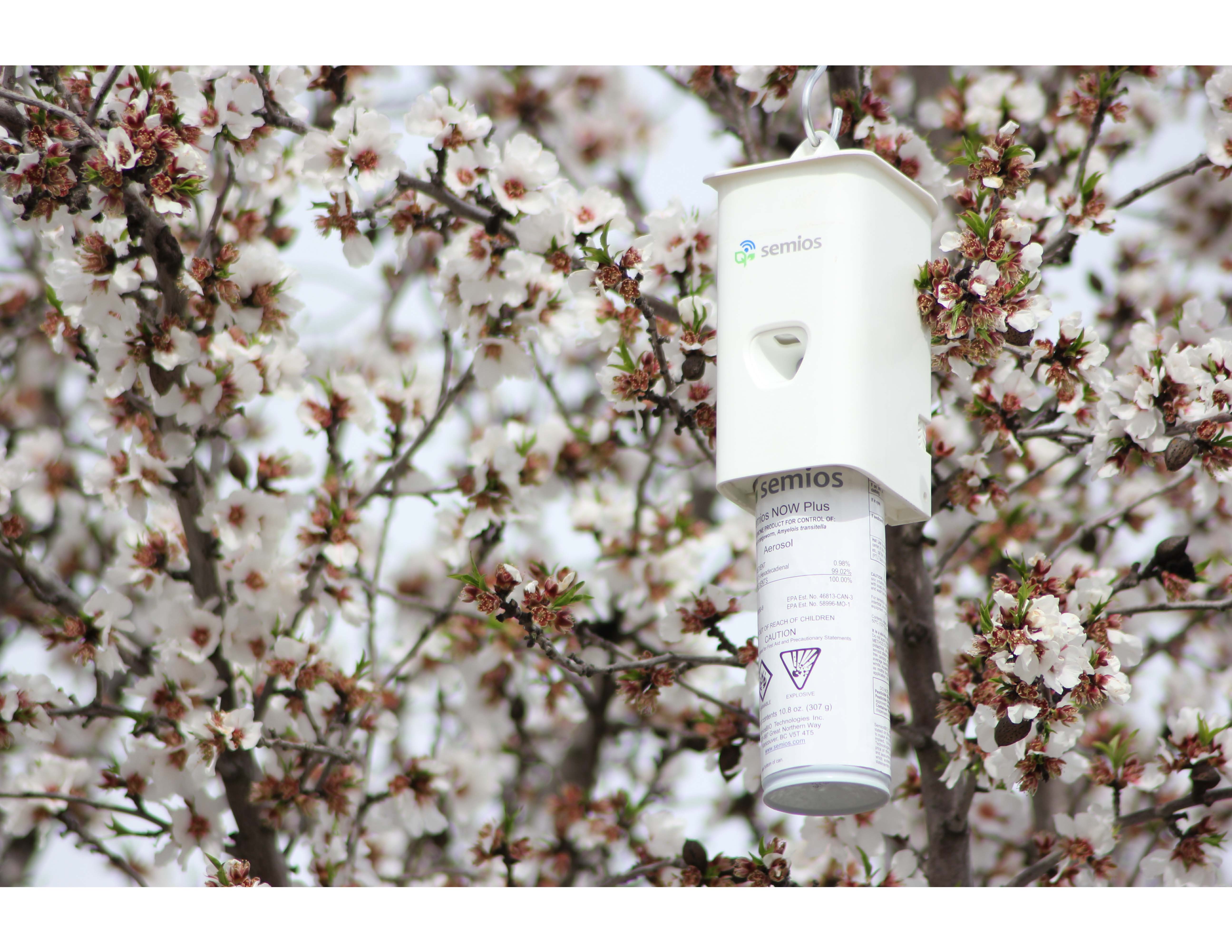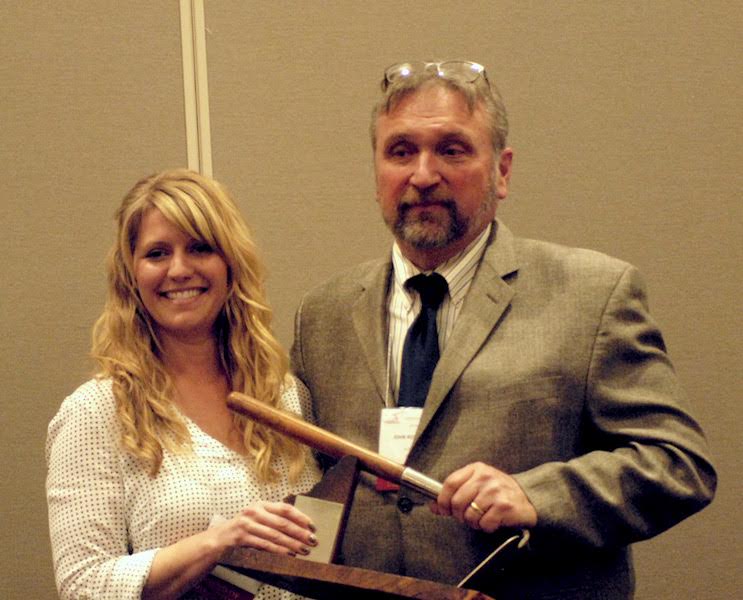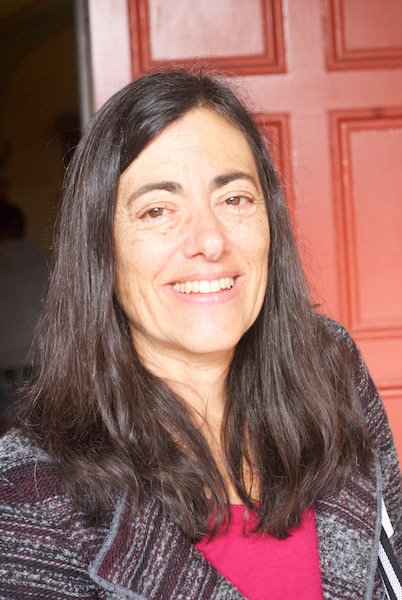Dirty Dozen…Really?
Dirty Dozen Does Disservice
Following the April 12, 2016 release of the Environmental Working Group’s (EWG) annual Dirty Dozen list, Teresa Thorne, a spokesperson with the Watsonville-based Alliance For Food and Farming, a non-profit organization which exists to deliver credible information to consumers about the safety of fruits and vegetables, conversed with California Ag Today’s Patrick Cavanaugh, farm news director and deputy editor,
California Ag Today: Let’s talk a little about the Dirty Dozen list that the EWG just published for 2016.
Thorne: They’ve been doing this for 20 years now, and it is concerning to us because they’re putting out misinformation about the safety of conventionally grown produce. We know that the products on this list are among the most popular among families, especially children. EWG targets them, and their efforts really scare moms and consumers away from conventionally grown. It makes no sense to us; I mean, both organic and conventionally grown are very safe. We should all be consuming more every day for better health. That’s really the message for consumers. This list—all it does is serve to confuse people.
California Ag Today: It’s all a big scare tactic to try to get everybody to think that only organic food is safe, right?
Thorne: We strongly believe that organic food is very safe, but we maintain the same for conventional. And it’s interesting also too, because in a recent study that really focused on Manhattan, the researchers found—and we did blog about this—that organic was not as available as they had previously thought. So, what happens to the mom who wants to buy strawberries for her child’s lunch, but only conventional strawberries are available? Now she’s scared because of what EWG has stated in really inflammatory language this year—over the top. Now what is she supposed to do? Her store doesn’t carry organic strawberries. Availability is very much an issue, as well accessibility and affordability. Conventionally grown still is the most accessible and affordable [produce]. So, to scare people away from that really does a disservice to consumers.
California Ag Today: Yes, and food safety experts from the USDA and California Department of Pesticide Regulation (DPR), a department of the California Environmental Protection Agency (EPA), agree that any small risk from the trace [below legal thresholds set by the EPA] levels of pesticides found in fresh produce should not keep you from the health benefits of a diet rich in fruits and vegetables. DPR tracks food for pesticide residues, and they find 99 percent of all the fruits and vegetables grown in California—whether they’re organic or conventional—are safe to eat and we should be eating more of them.
Thorne: Absolutely, and that’s what’s also interesting; EWG—and we’ve called them on this in the past and they still have not changed—does not link, in their report, directly to USDA studies. They state over and over that they base their results on this USDA Agricultural Marketing pesticide data program (USDA PDP), but they don’t link to it. In what world do you not link to a study that, you basically state, you base your entire Dirty Dozen list upon? We find that quite odd.
We think the reason they don’t link is this simple: People will see that the USDA clearly states that residues do not pose a food safety concern. And that is in direct contrast to what [the EWG is] saying.
California Ag Today: Of course, if we wash the fruits and vegetables we eat, it helps. We should always wash produce to get the dirt off and talk about food safety in our own kitchens.
 Thorne: That’s right. Conventional and organic alike, wash them before you eat them. It’s a healthful habit that everybody should follow for various reasons. And the U.S. Food and Drug Administration (FDA) clearly states that you can reduce or eliminate any residues that may be present on fruits and vegetables, simply by washing.
Thorne: That’s right. Conventional and organic alike, wash them before you eat them. It’s a healthful habit that everybody should follow for various reasons. And the U.S. Food and Drug Administration (FDA) clearly states that you can reduce or eliminate any residues that may be present on fruits and vegetables, simply by washing.
California Ag Today: One last question, Teresa. You’ve been terrific. The EWG has been losing some strength in their message over the years because the media is getting sharper and better at challenging the contradictions in their reports. We’ve got the Alliance for Food and Farming’s new SafeFruitsAndVeggies website now, and you guys are reaching out to the media, saying “Let’s be reasonable; let’s look at this from a scientific point of view, not an emotional point of view.” Do you want to comment on that? While they’re not being picked up as much anymore, they keep trying, now with strawberries at the top of the list, right?
Thorne: Yes, we think they’re using the tactic of putting another kid-popular fruit to re-spark interest. In fact, we predicted it in a blog a few weeks ago, in which we said interest from the media is declining because more reporters and bloggers are actually reading the USDA PDP report, seeing what it says. So, we actually predicted in our blog that they would do something like this. Our number one prediction was they would have a new number one on their list, and it would, of course, be a kid-popular fruit.
So, it will be interesting to see. We’re still early on in the process to see if they have had any success with that, but we believe that that was a tactic [EWG] tried to employ to revive very lagging media coverage on this list. They used to enjoy widespread media coverage back in the day.
__________________________
Resources:
Setting Tolerances for Pesticide Residues in Foods, United States EPA
Pesticide info: What You Should Know About Pesticides, “Pesticides and Food: How We Test for Safety,” California Department of Pesticide Regulation
The Pesticide Data Program: Helping Monitor the Safety of America’s Food Supply, USDA Agricultural Marketing Service (AMS)
Pesticide Residue Calculator, Alliance for Food and Farming











 “Farmers and ranchers are innovative and always trying to do the best they can to protect their land and water; but we all can do better. I think our producers respond to change in very good ways. Look, we have gone through technological advances; we are more technically precise in using fertilizers and water,” Carleton said.
“Farmers and ranchers are innovative and always trying to do the best they can to protect their land and water; but we all can do better. I think our producers respond to change in very good ways. Look, we have gone through technological advances; we are more technically precise in using fertilizers and water,” Carleton said.


 Roncoroni suspects that rain pushed people to attend, “because
Roncoroni suspects that rain pushed people to attend, “because












